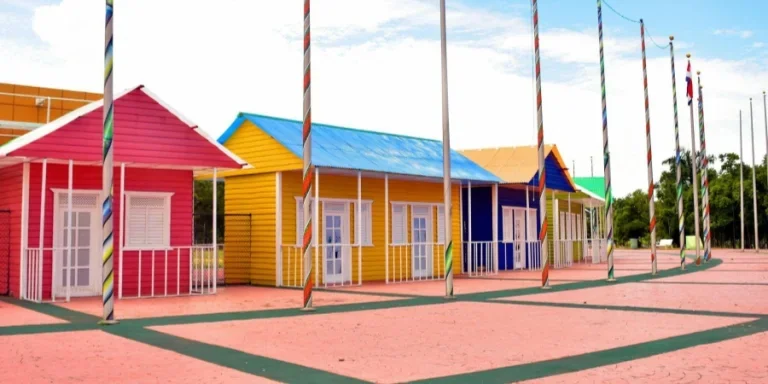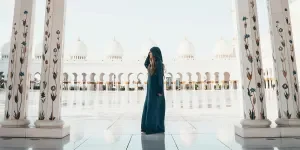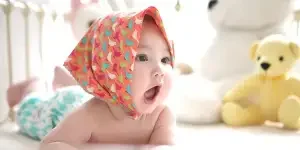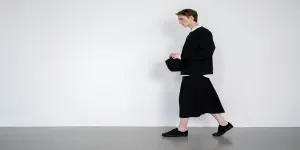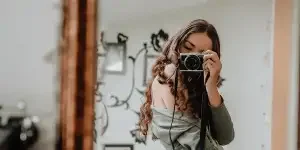As we move closer to 2028, we are witnessing a shift in the realm of color that extends beyond mere visual appeal. For e-commerce ventures, grasping these shifts is paramount in maintaining competitiveness and staying pertinent. In some years, colors will serve as a potent medium for conveying ideas advocating sustainability and tackling climate issues. From groundbreaking dyeing methods that slash water consumption to pigments capable of cooling structures, the outlook on color appears promising and groundbreaking. This article delves into six color trends to revolutionize product design and branding while significantly enhancing customer interactions and experiences. Find out how these developments can enhance your products and resonate with a more socially aware consumer base in impactful manners.
Table of Contents
● Emotive hues: The psychology of color
● Structural color: Nature-inspired innovation
● Bio-based dyes: Sustainability meets style
● Climate-conscious colors: Cooling with pigments
● Low-impact dyeing: Revolutionizing production
● Ancient pigments: Embracing earthy authenticity
● Conclusion
Emotive hues: The psychology of color

In 2028, colors are set to have a vital impact in connecting individuals with deeper emotions and experiences. Amidst the prevailing uncertainties in society, the ability of colors to trigger sensations of serenity, happiness, or reminiscence will grow.
Designers are currently investigating the impact of different colors in creating tranquil and reflective spaces where people can escape the constant digital saturation of their lives. Soothing tones and vibrant bright shades will complement subtle mid-range hues like earthy ochres and muted blues that resonate with a rising fascination with spiritual and mystical elements. These color palettes will be employed in designing environments and products that promote feeling connected to nature, family history, or something beyond existence.
In the future, design trends and experiences will shift, and color displays will become increasingly popular. Picture yourself walking into a room where the hues change based on your movements, evoking a tailor-made emotional adventure. These advancements will enable companies to establish stronger bonds with their customers, providing exceptional and unforgettable interactions that strike a chord on an intimate level.
Structural color: Nature-inspired innovation
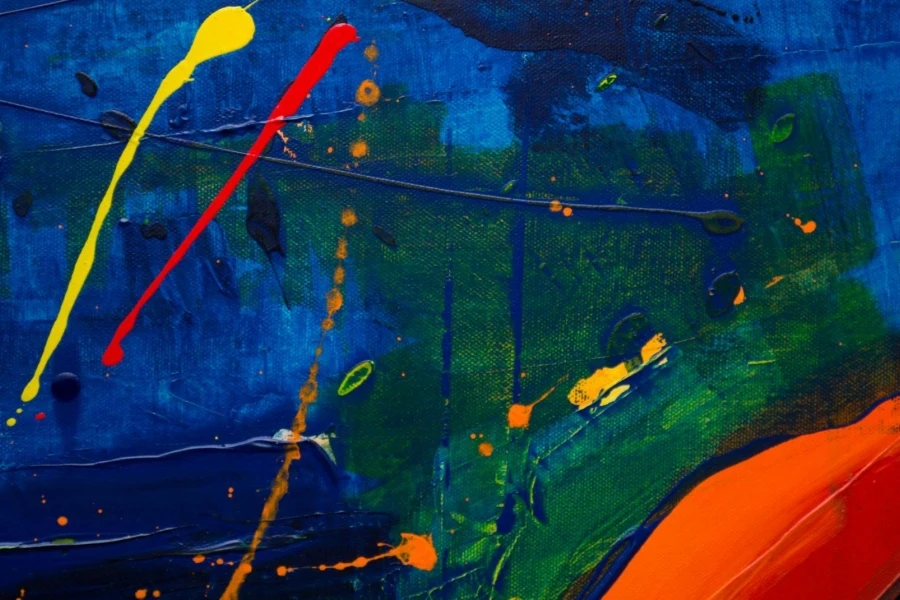
The beauty of nature has always sparked creativity. This is especially true in the realm of color exploration. The concept of color found in the dazzling shades of butterfly wings and peacock feathers is set to transform how we color and perceive products by 2028.
Cutting-edge technology imitates nature’s knack for producing color using structures instead of regular pigments. The focus is also on yielding hues that don’t fade and are devoid of harmful dyes while also capable of changing shades depending on how they’re viewed or reacting to external triggers like light angles or stimuli from the environment. Imagine garments that shift colors with every movement or packages that alter their look in various lighting scenarios.
The structural color goes beyond looks and brings useful advantages as well. Scientists are working towards creating paints that could notably lower heat absorption levels; this could lead to reliance on air conditioning in buildings and vehicles. In the healthcare sector, these color-changing materials are also beneficial; they could help indicate bandage application or draw attention to medical device maintenance needs. As this technology advances further over time, it promises to add a dimension of utility and visual appeal to various products by blending artistry with science and sustainability principles.
Bio-based dyes: Sustainability meets style
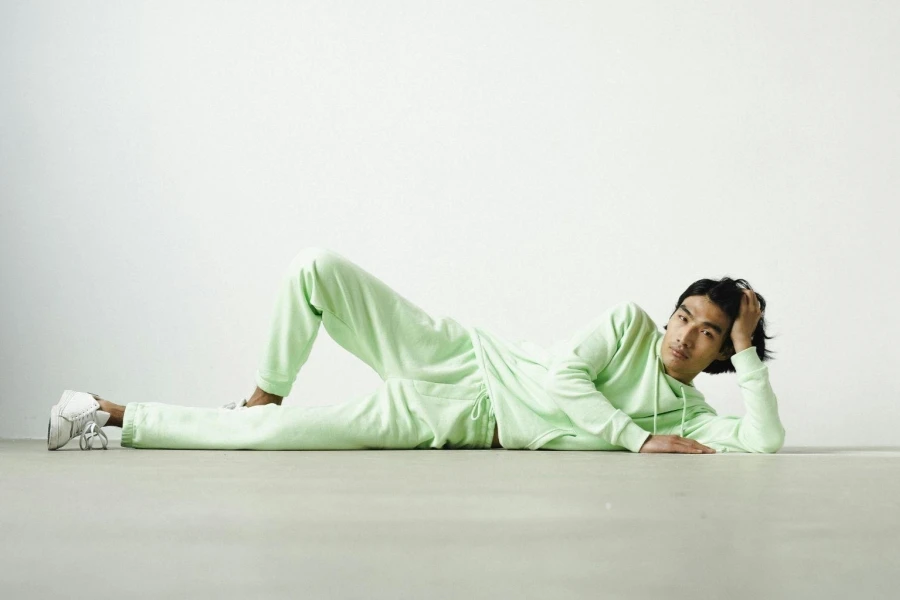
The spotlight is now shining brightly upon issues with the rise of bio-based dyes, which are revolutionizing the color industry. The future holds promise for these color enhancers sourced from bacteria and algae as they pave the way for a more eco-friendly alternative to conventional synthetic dyes by 2028.
The application of microalgae in textile manufacturing is an advancement that has garnered attention lately. These microscopic organisms are prized for their growth and vibrant hues and are now grown directly on yarn before the weaving process. The outcome is an array of lively and earthy tones that steer clear of harsh chemicals or excessive water consumption. This method lessens environmental harm and introduces fresh opportunities for distinct color schemes and designs.
An intriguing method also includes using bacteria for printing designs onto fabrics; here’s how it works. Bacteria that produce pigments are spread onto the fabric and left to develop to unveil detailed colors and patterns over time. This organic process results in unique creations that seamlessly blend fashion with artistic expression. As these innovative techniques advance further in the development stages, they are set to offer a mix of sustainability and style. They cater to those who prioritize environmental impact while staying true to visual aesthetics.
Climate-conscious colors: Cooling with pigments
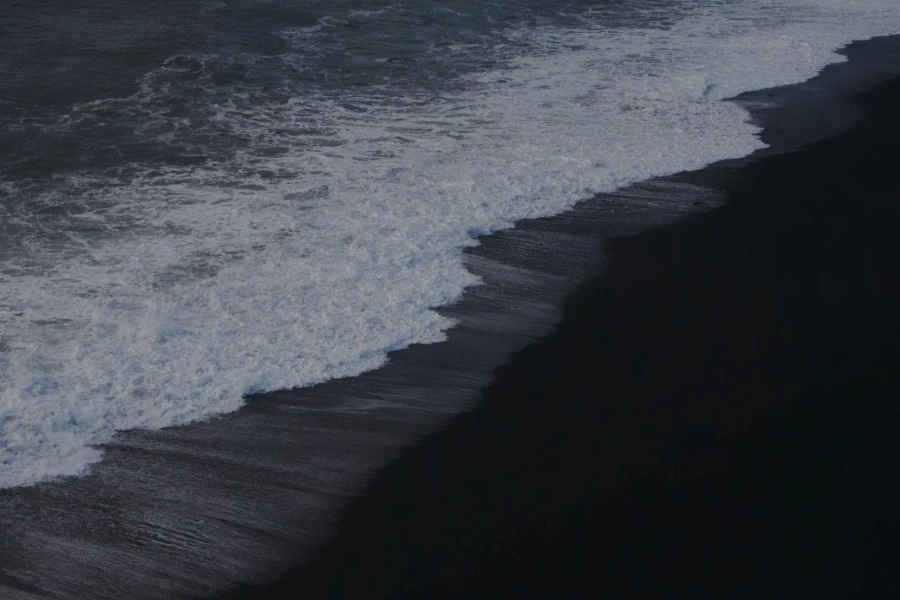
With the increasing temperatures in mind, the importance of utilizing color to combat climate change is gaining prominence. Innovative pigments and paints are expected to play a role in curbing urban heat and lowering energy use by 2028.
A significant innovation is the invention of reflective paints that surpass regular white paint by reflecting visible light and infrared radiation. When used on structures like buildings and roads in cities and urban areas, they help decrease surface temperatures and possibly lessen the reliance on air conditioning while addressing the issue of urban heat islands.
The new “cooling films” that can cool spaces without power are remarkable. These films come in various colors and styles and use passive daytime radiative cooling technology to lower temperatures effectively. One square meter of these films can produce more than 120 watts of cooling power, comparable to many home air conditioners. As this innovative technology progresses, it has the potential to transform the way buildings and vehicles are planned and managed, providing not only a visually pleasing element but also tangible climate advantages.
Low-impact dyeing: Revolutionizing production
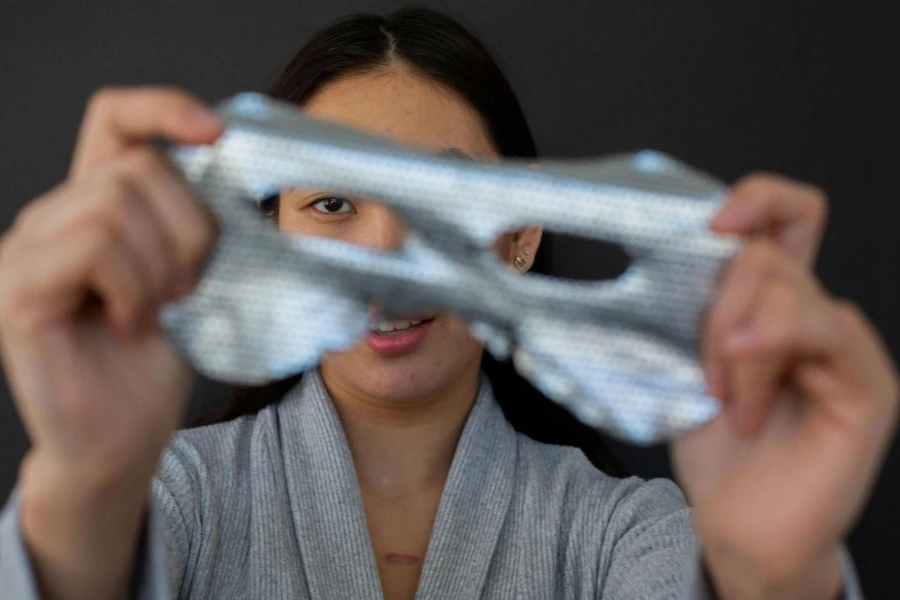
The fabric sector is on the verge of a transformation era as eco-friendly dye methods are poised to revolutionize manufacturing practices by 2028. These fresh techniques significantly reduce water usage and energy consumption while minimizing chemical waste, a big step towards tackling key environmental issues in production processes.
A groundbreaking advancement worth noting is the innovation in dyeing technology that doesn’t require water to work its magic; it utilizes carbon dioxide instead to embed hues into fabrics effortlessly and sustainably. This approach does not just eliminate the need for wastewater but also minimizes energy consumption and reduces the use of chemicals compared to conventional techniques. It results in vivid and enduring colors produced through a notably eco-friendly process.
Plant-based enzymes are employed in dyeing processes, an approach that has been gaining traction lately. These eco-friendly catalysts can potentially substitute chemicals typically used in dyeing procedures with a more gentle alternative that benefits both the environment and the treated fabrics. Moreover, digital printing methods are advancing to reduce water consumption and minimize waste production while enhancing precision and providing options for customization.
Ancient pigments: Embracing earthy authenticity
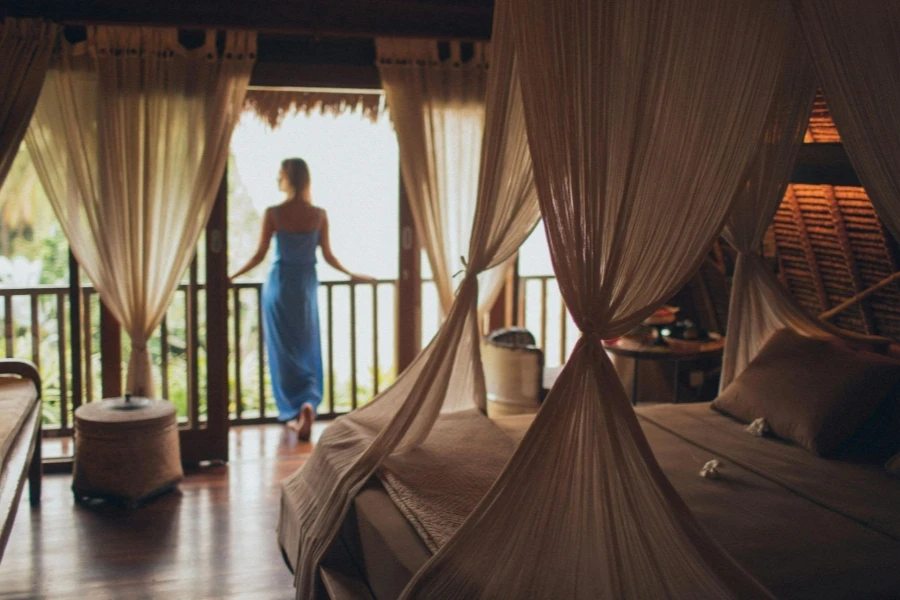
In a world where digital colors and artificial dyes are becoming more prevalent than before, a movement is rising that appreciates the natural and earthy shades of traditional pigments. By 2028, this revival of hues will provide a link to the past and the environment that will deeply connect with individuals who value authenticity and sustainability.
Artists and craftspeople are exploring the charm of natural pigments, like minerals and plants. Colors like ochres and siennas obtained from the ground are used in items ranging from fabrics to beauty products. These natural hues reflect a tale of earth’s wealth and provide a color palette that seamlessly blends with the environment.
The resurgence of age-dyeing methods is picking up pace as well. Techniques such as fermenting indigo and extracting madder roots are being modernized for applications, resulting in rich blues and red hues minus the reliance on artificial substances. These practices create distinctive and dynamic colors to cultivate a stronger reverence for heritage skills and indigenous materials.
The increasing fascination with these old age-color pigments is fuelinɡ studies on how to preserve them and find sustainable sources so that the rich history they represent can keep inspiring future generations.
Conclusion
Looking ahead to 2028 brings prospects for the realm of color as it gears up for a groundbreaking evolution. From colors that evoke emotions connecting us to our innermost selves to cutting-edge structural shades inspired by nature’s beauty, the upcoming years hold the promise of a vibrant palette that captivates the eye while also caring for our planet. Bio-friendly dyes and eco-conscious dyeing methods are poised to revolutionize manufacturing processes, while environmentally mindful pigments present novel approaches to tackling global issues. While we welcome technologies with open arms, the revival of old-age pigments reminds us of the enduring influence of color. These innovations will alter the appearance of products and transform how they are crafted and perceived, ushering in a fresh period of ingenuity, environmentally friendly practices, and emotional connection.
